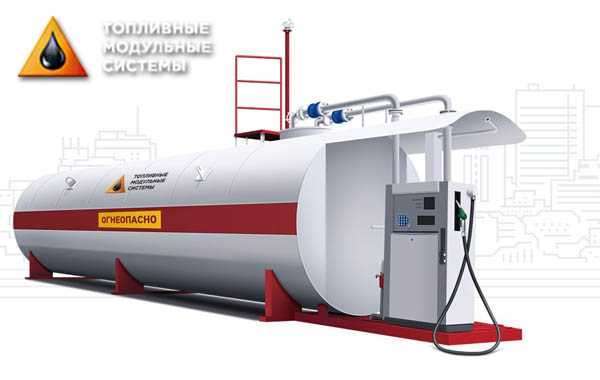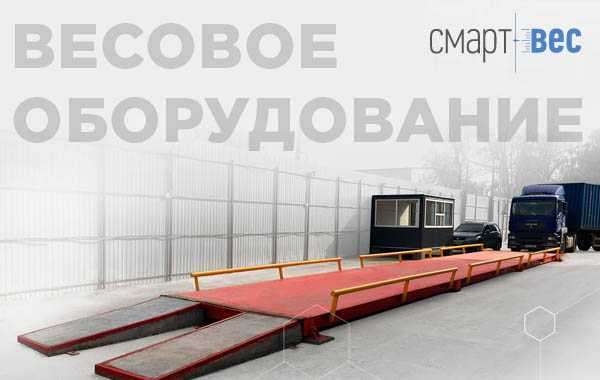Lately, the aviation industry has witnessed a big transformation, significantly within the realm of jet cost flights. These flights, usually characterized by their affordability and accessibility, have change into more and more common among travelers seeking environment friendly and economical transportation choices. This article delves into the varied elements influencing the pricing of jet cost flights, the technological advancements that have enhanced their efficiency, and the implications for accessibility in air journey.
The Economics of Jet Cost Flights
The pricing construction of jet cost flights is influenced by a myriad of factors, together with operational costs, market demand, and competitors. Airways operating in this segment typically utilize a dynamic pricing mannequin, where ticket prices fluctuate primarily based on real-time demand and supply conditions. This mannequin permits airlines to maximise revenue while offering aggressive fares to draw price-sensitive travelers.
One in all the primary components of operational costs is gas, which constitutes a big portion of an airline's expenditure. Fluctuations in fuel prices can immediately impression ticket prices, making it essential for airways to undertake strategies that mitigate these prices. Many carriers have turned to fuel-efficient aircraft and optimized flight routes to scale back gasoline consumption, thereby permitting them to take care of decrease fares.
Additionally, labor costs, maintenance, and airport fees contribute to the overall pricing of jet cost flights. Airways typically negotiate contracts with airports to secure lower touchdown and takeoff fees, which may translate into more reasonably priced ticket costs for consumers. Furthermore, the rise of low-cost carriers (LCCs) has intensified competitors in the market, compelling conventional airlines to reevaluate their pricing strategies to remain competitive.
Technological Advancements and Effectivity
Technological advancements have played a pivotal role in enhancing the effectivity of jet cost flights. The introduction of extra gas-environment friendly aircraft, such as the Boeing 737 MAX and the Airbus A320neo, has revolutionized the business by significantly decreasing gasoline consumption and greenhouse fuel emissions. These aircraft are designed with advanced aerodynamics and lightweight materials, top 5 private jets charters - www.corinnetravel.it - which contribute to improved gasoline efficiency and lower operational prices.
Furthermore, airways are increasingly adopting digital technologies to streamline operations and improve the passenger expertise. Online booking platforms, cellular purposes, and automated verify-in processes have made it easier for travelers to entry jet cost flights. Moreover, airways are leveraging knowledge analytics to optimize flight schedules, manage inventory, and tailor advertising strategies to fulfill buyer preferences.
The implementation of advanced air visitors administration programs is another essential think about improving the effectivity of jet cost flights. These systems enable airlines to optimize flight paths, reduce delays, and decrease gas consumption. By utilizing real-time knowledge on weather situations and air traffic, airlines can make informed decisions that improve operational efficiency.
Accessibility and the Impression on Journey Behavior
Jet cost flights have significantly improved accessibility to air travel, permitting a broader demographic of people to expertise the advantages of flying. The affordability of these flights has opened up alternatives for leisure journey, enterprise journeys, and family visits, significantly for individuals who could have beforehand considered air journey prohibitively costly.
The rise of low-value carriers has democratized air journey by offering funds-pleasant choices to various locations. This increased accessibility has led to a surge in travel habits, with more folks choosing air travel over different modes of transportation. In line with the Worldwide Air Transport Affiliation (IATA), the variety of air travelers is expected to achieve 8.2 billion by 2037, highlighting the growing demand for affordable flight choices.
Nonetheless, the enlargement of jet cost flights has also raised issues relating to the environmental affect of elevated air journey. When you cherished this information as well as you would want to be given more details with regards to private jets charter Empty Leg flights kindly go to our web site. As more individuals take to the skies, the aviation industry faces mounting stress to deal with its carbon footprint. Airlines are exploring sustainable aviation fuels, carbon offset programs, and more efficient operational practices to mitigate their environmental affect while continuing to offer inexpensive travel options.
Challenges and Future Outlook
Regardless of the numerous advantages associated with jet cost flights, the industry isn't without its challenges. The continuing volatility of gas prices, regulatory hurdles, and the need for continuous innovation pose significant obstacles for airways working on this segment. Additionally, the COVID-19 pandemic has reshaped the journey panorama, leading to fluctuations in demand and operational changes.
Looking ahead, the future of jet cost flights will seemingly be shaped by developments in technology, sustainability initiatives, and evolving consumer preferences. Airways are expected to put money into research and growth to explore various fuels, electric aircraft, and more efficient operational practices. Furthermore, as travelers turn into more and more environmentally aware, airlines that prioritize sustainability might gain a aggressive edge in the market.
In conclusion, jet cost flights have revolutionized the aviation industry by making air journey more accessible and reasonably priced for a diverse vary of travelers. The interplay of financial elements, technological advancements, and altering consumer conduct will proceed to shape the landscape of jet cost flights in the years to come. As the business navigates challenges and embraces alternatives, the dedication to offering efficient and economical air travel will remain at the forefront of airline methods.








